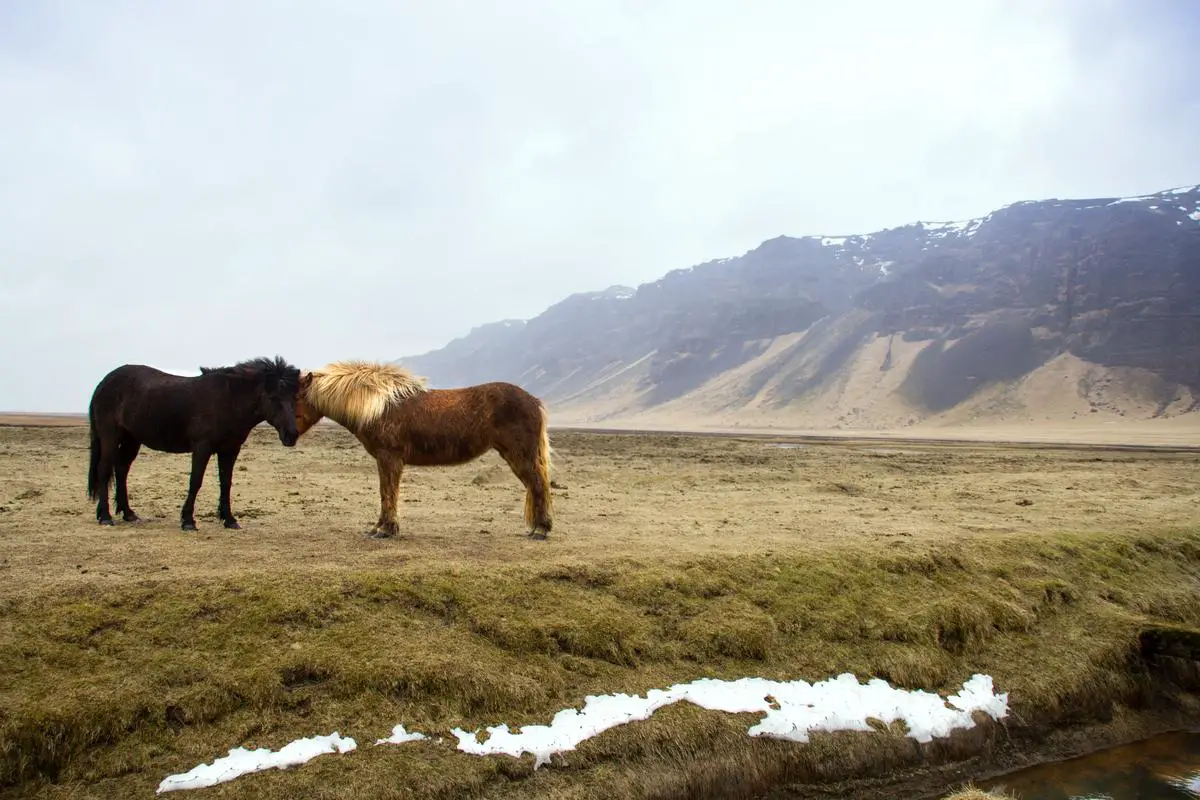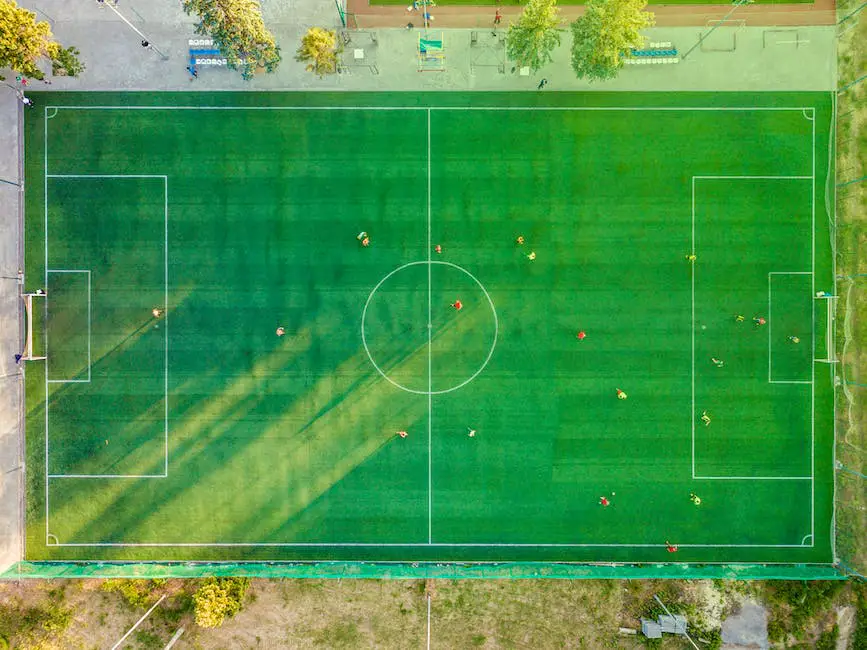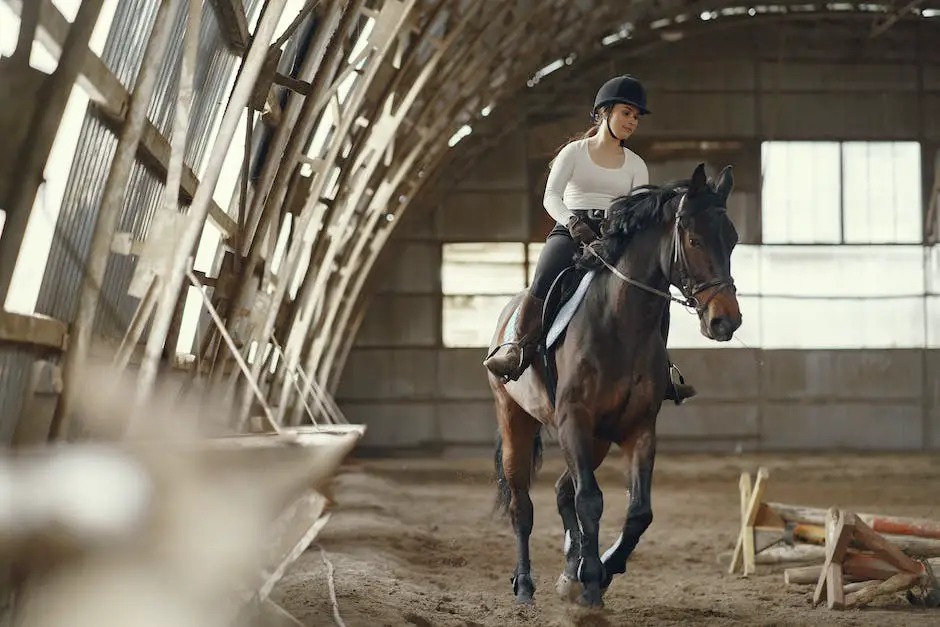Dressage, regarded as the highest expression of horse training, has a rich and intricate history closely intertwined with that of Germany, a nation renowned for its exceptional dressage horses. The German equine industry’s extraordinary journey with these majestic animals reflects not only the nation’s passion for this noble sport but its commitment to excellence and precision. Delving into the compelling origin and evolution of German dressage horses, their meticulous training for top-notch performances, and their ongoing significant contributions to today’s global equine industry, provides an illuminating glimpse into the vibrant world of their majestic poise and unerring precision. As we unravel their distinctive traits, the deep-rooted reverence associated with these horses becomes evident.
Table of Contents (Horspedia)
History and Origin of German Dressage Horses
German Dressage Horses: An Overview of History and Origin
Germany has a long-standing tradition of breeding high-quality horses designed for a specific discipline – dressage. Starting in the Middle Ages, German monks began breeding horses for agricultural purposes. However, by the 16th century, these efforts shifted towards creating a horse breed suitable for modern dressage.
In the 18th century, the foundation for German dressage horses was further established with the creation of state-run stud farms. The aim was to produce a versatile horse that excels in a number of different disciplines, including dressage. Key features of these horses included elegance, strength, and agility.
Going forward, Germany’s evolution of dressage horses began to focus more on specific breeds such as the Hanoverian, Oldenburg, and Westphalian. These breeds gained recognition for their warmblood characteristic- a middle ground between hot-blooded and cold-blooded horses meant to embody the best of both. They were bred for their calm temperament, muscular build, and outstanding athletic abilities, all while maintaining a beautiful aesthetic suitable for dressage.
Specific Breeds and Their Unique Characteristics
The Hanoverian originates from the former Kingdom of Hanover, known today as Lower Saxony. They were initially bred as carriage and military horses but with changing times, this breed evolved for sport and especially for dressage. Recognized for their strong back, powerful body, and elegant movements, Hanoverians have consistently topped the World Breeding Federation for Sport Horses’ (WBFSH) rankings in dressage.
The Oldenburg originated in the Grand Duchy of Oldenburg. This breed is known for its impressive size, strength, and natural balance. Their cooperative and intelligent nature makes them suitable for the finesse needed in dressage, demonstrating notable elasticity and brilliance in their movements.
Westphalian horses, with origins from the Westphalia region in Germany, are also considered strong performers in dressage. Similar to the Hanoverian, Westphalians were originally bred for agricultural use but were later refined into a lighter, sportier type. Their adaptability, athleticism, and willingness to work make them excellent dressage horses.
Evolution in German Dressage Horses
Over numerous centuries, German dressage horse breeds have experienced significant transformation, adapting to the evolving nature of the sport. With each generation, the ideal dressage horse has become more elegant, athletic, and flexible. Modern breeding strategies primarily focus on creating horses with superior physical form, capable of executing intricate maneuvers, and possessing a temperament fit for high-intensity training.
This painstaking breeding and consistent training approach has elevated Germany as a paramount player in global dressage. German-bred horses unquestionably dominate worldwide dressage competitions, thanks to the dedication of generations of breeders and trainers striving to preserve and enhance the prestige of German dressage horses.

Photo by clairecapture on Unsplash
Training and Performance of German Dressage Horses
The Training Process of German Dressage Horses
Specialized training is at the heart of the exceptional performance of German dressage horses in global competitions. This regimen chiefly involves guiding the horses to execute discrete, complicated maneuvers while boosting endurance and precision. Dressage arenas, equipped with strategically placed letters along the perimeter, are often employed by German dressage trainers to direct both horse and rider in refining their routine.
The training strictly adheres to the foundational tenets of dressage, namely rhythm and regularity, relaxation, contact, impulsion, straightness, and collection. To enhance these central themes, trainers employ varied exercises including transition work, lateral movement, half-halting, and gathering exercises. Alongside this, riders frequently employ leg, seat, and hand aids to fortify commands, promoting better control, harmony, and finesse. This process builds an unshakeable bond of trust and shared comprehension between horse and rider.
Importance of Rider-Horse Connection
The bond between a horse and a rider is crucial in German dressage. This partnership yields the best performance when both the animal and the rider understand each other and move in sync. Dressage demands exactness and flexibility. Thus, if either the rider or the horse is not fully in tune with the other, the overall execution may suffer. In fact, some expert riders go so far as to say that a successful dressage performance is as good as a well-choreographed dance, where both partners are in complete unison.
High-Performing German Dressage Horses in Competitions
German dressage horses have been making mark in international competitions with their high standards of performance. Totilas, a black Dutch Warmblood horse trained in Germany, is widely considered one of the greatest dressage horses of all time. During his prime, he was virtually unbeatable in competition, setting several world records. Similarly, Weihegold OLD, a German-bred mare, has dominated the international dressage circuit alongside her rider, Isabell Werth.
Shining in Olympic competitions, Germany has been home to numerous equestrian champions. At the 2020 Tokyo Olympics, Jessica von Bredow-Werndl and her horse TSF Dalera won individual dressage gold, further reinforcing the dominance of German dressage on the world stage.
To summarize, the acclaim and superiority of German dressage horses are largely due to strict and organized training, the creation of a strong connection between the horse and its rider, as well as a dedication to preserving the conventional teachings of dressage.

The Significance of German Dressage Horses in Today’s Equine Industry
German Dressage Horses: The Powerhouse in International Contests
Germany’s dressage horses have cemented their standing as elite competitors in the worldwide horse industry. With their finesse, elegance, and accuracy, German horses have put their country at the vanguard of global dressage contests. This dominance is manifested in events like the Olympics, the World Equestrian Games, and the Pan American Games where Germany consistently emerges as a powerful contender. According to the German Equestrian Federation’s report, their country’s dressage horses frequently outperform and surpass many of their global competitors in rankings and accolades.
Influences in Horse Breeding Programs
In horse breeding programs worldwide, German dressage horses’ superior genetics have become significantly influential. The country’s breed standards emphasize traits such as strength, endurance, agility, and intelligence, which directly contribute to their high-performance in dressage. German Warmbloods are particularly recognized for their versatile abilities, and this breed plays a pivotal role in improving the quality of sport horse lines worldwide. These drift toward German bloodlines in breeding programs is a testament to the country’s success in producing superior dressage horses.
Economic Impact of German Dressage Horses
The global equine industry significantly benefits from the economic contributions of German dressage horses. In Germany, the industry is a vital economic sector, employing thousands of people in roles such as breeding, training, and care of dressage horses. According to a study by the German Equestrian Federation, the total turnover of the German equestrian industry was estimated at around 6.3 billion Euros in 2018. This does not only contribute substantially to the German economy but also positively impacts the global equine industry.
Notable German Dressage Horses
Over the years, several German dressage horses have gained prestigious status due to their extraordinary performance and impressive lineage. One notable example is Totilas, a Dutch Warmblood horse trained in Germany, who transformed the dressage world with his unmatched scores. Totilas notably clinched several world records, being the first to score above 90 in Grand Prix Freestyle. Another notable German dressage horse is Showtime FRH, who with his rider Dorothee Schneider, garnered numerous international victory titles, solidifying the pair’s rank among the elite in the dressage world.
Overall, the German dressage horse industry’s current status underscores its significance within the global equine world. The impressive accomplishments of these equines in competition, the influence of their high-quality genetics on breeding programs, and their substantial economic contributions all speak volumes to their impactful presence.

As we reflect on these narratives of achievement, courage, and relentless pursuit of perfection, it becomes unambiguously clear why German dressage horses continue to be held in such high esteem within the international equine community. Their consistently exceptional performance in competitions, remarkable resilience, and tremendous influence in shaping the global horse breeding programs illustrate their indispensable role. The compelling story of German dressage horses is not merely about their accomplishments or their economic significance. It is foremost a testament to the symbiotic relationship between humans and horses, fostered through centuries of mutual respect and understanding. This ongoing relationship underlines the notion that horses are not just a part of our lives but they significantly enrich our human experiences in profound ways.

